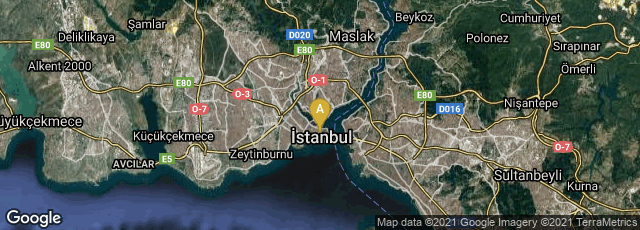

The Suda, or Souda (Σοῦδα), a massive tenth-century Byzantine encyclopedic dictionary of the Mediterranean world written in Greek, contains more than 31,000 entries, many drawn from ancient sources that were since lost. Little is known regarding its compilation except that it must have been compiled before the time of 12th century writer Eustathius of Thessalonica (Archbishop Eustathios of Thessalonike) who frequently quoted from it. Its title probably comes from the Byzantine Greek word souda, meaning "fortress" or "stronghold," with the alternate name, Suidas, stemming from an error made by Eustathius, who mistook the title for the proper name of the author.
"The Suda is somewhere between a grammatical dictionary and an encyclopedia in the modern sense. It explains the source, derivation, and meaning of words according to the philology of its period, using such earlier authorities as Harpocration and Helladios. There is nothing especially important about this aspect of the work. It is the articles on literary history that are valuable. These entries supply details and quotations from authors whose works are otherwise lost. They use older scholia to the classics (Homer, Thucydides, Sophocles, etc.), and for later writers, Polybius, Josephus, the Chronicon Paschale, George Syncellus, George Hamartolus, and so on.
"This lexicon represents a convenient work of reference for persons who played a part in political, ecclesiastical, and literary history in the East down to the tenth century. The chief source for this is the encyclopedia of Constantine VII Porphyrogenitus (912-59), and for Roman history the excerpts of John of Antioch (seventh century). Krumbacher (Byzantinische Literatur, 566) counts two main sources of the work: Constantine VII for ancient history, and Hamartolus (Georgios Monachos) for the Byzantine age" (Wikipedia article on Suda, accessed 02-02-2010).
Toward the very end of the 15th century humanist Demetrios Chalkokondyles (Demetrius Chalcondylas) edited the encyclopedic text and had it published for the first time in print in Greek as Lexicon graecum. Chalcondylas's edition was issued by Johannes Bissolus and Benedictus Mangius of Milan on November 15, 1499. This work, consisting of 516 leaves in folio, was the largest single-volume book printed in Greek in the fifteenth century. It was necessarily an expensive book, and included on folio 1a dialogue of Stephanus Niger between a bookseller and a student, mentioning the price of three ducats. ISTC No. is00829000. In November 2013 a digital facsimile was available from the Bayerische Staatsbibliothek at this link.
The most significant modern edition and the first edition in English, is Suda On Line: Byzantine Lexicography. This online collaboration began in 1998, predating the Wikipedia, which began in 2001. In August 2014 the English translation was completed.